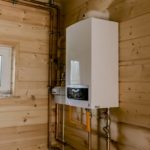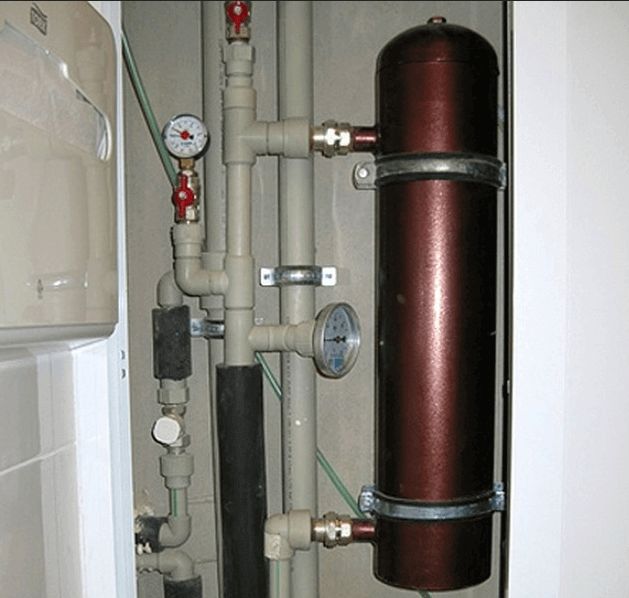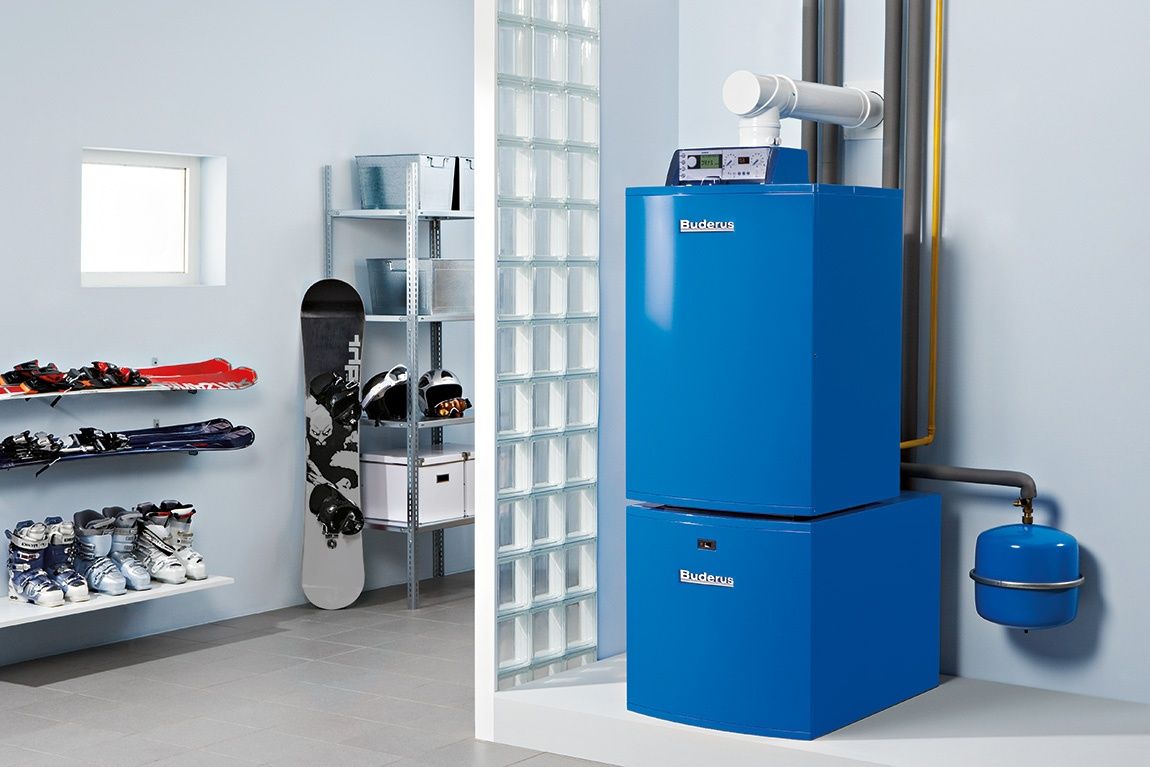How to clean a chimney in a stove in a private house
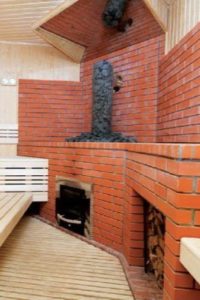 The stove is one of the main elements of any private home. It mainly performs the function of heating rooms. However, over time, the chimney becomes clogged, and this has a negative effect on the operation of the furnace system. Therefore, cleaning the pipe should become a necessary and regular event.
The stove is one of the main elements of any private home. It mainly performs the function of heating rooms. However, over time, the chimney becomes clogged, and this has a negative effect on the operation of the furnace system. Therefore, cleaning the pipe should become a necessary and regular event.
The content of the article
Basic cleaning methods
There are many different options for chimney cleaning. Mechanical cleaning methods are used, using chemical reagents and various folk recipes. The optimal method is chosen taking into account the design of the pipe and the degree of its contamination. Of course, it’s easier to call qualified chimney sweeps who can professionally clean chimneys. However, this work is not so difficult, and it is quite possible to do it yourself.
The chemical method involves the use of special chemical compounds. This method is used when there is a small amount of soot inside the pipe. Used for preventive purposes and to eliminate light plaque. The chemicals soften the soot and help it peel off.
ATTENTION! There are also a variety of methods for solving this problem using folk remedies. For example, birch wood cleans pipes well, releasing a large amount of heat when burned.
Under the influence of high temperatures, chimneys made of stainless steel or brick are excellently cleaned. Pieces of soot peel off from the surface and fly out on their own. The method is often used to prevent blockages.
One of the methods for cleaning chimneys and stoves is the use of table salt. This method is not effective when the stove is actively used, or if it operates on solid flammable materials in large quantities.
What you need
Each cleaning method uses its own materials or devices. For cleaning using a method specially developed for this purpose, the following products are used:
- "Kominichek." The most well-known drug, produced in easy-to-use packages.
- Anti-carbon chemical composition (ACC). It is presented in powder form and requires strict dosage.
- "Log". It is shaped like a tile. Consists of coal dust and sawdust mixed with reagents. It is produced by many manufacturers.
IMPORTANT! For manual cleaning, you should select special brushes. Metal tools remove soot deposits better and are rougher and more wear-resistant.
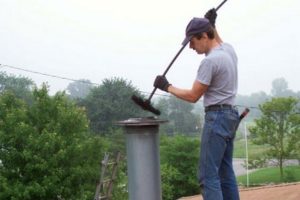 Their significant disadvantage is their high price. If you work hard, you can damage the surface of the pipe, leaving scratches on it. Plastic tools are soft and less likely to scratch the surface. But they are less wear-resistant and durable.
Their significant disadvantage is their high price. If you work hard, you can damage the surface of the pipe, leaving scratches on it. Plastic tools are soft and less likely to scratch the surface. But they are less wear-resistant and durable.
Plastic products bend and break faster. Such a ruff quickly becomes obscene. Owners of brick chimneys are advised to use a metal brush. It will last longer and scrapes off dirt faster and better.
With a metal chimney, it is better to give preference to plastic.You will also need personal protective equipment: a respirator or mask, gloves, goggles and protective clothing. Do not ignore special ropes or twines for being on high roofs.
Popular favorite methods include the use of firewood with a high combustion temperature. As a rule, this is birch or aspen. From available means, they use table salt, which is available in every household. Such popular naphthalene is being used less and less, as it leaves an unpleasant odor in the premises, which is difficult to get rid of. Craftsmen have learned how to peel using potato peels.
Subsequence
When using chemicals, it is important to strictly follow the instructions and recommendations. In most cases, you just need to fill the compositions into the firebox according to the diagram. Typically, chemicals are dipped into the wood as it burns. It dried out under the influence of high temperature. Next, active components are isolated that convert the amorphous carbon of soot into solid particles. They, in turn, lose adhesion to the walls of the chimney and crumble into the firebox. They are then removed along with the ash.
REFERENCE! Remember to strictly follow safety precautions. It is necessary to ventilate the premises after work, as well as protect the respiratory and visual organs from toxic substances and dirt.
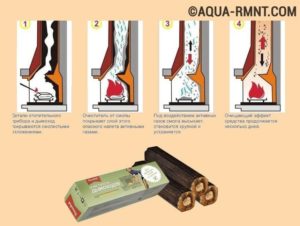 Potato peeling is one of the favorite folk methods. They are poured into a bucket about halfway (the size of the container and the number of cleanings depends on the design of the stove and the power of the chimney). It is recommended to dry the cleaning to avoid excess water.
Potato peeling is one of the favorite folk methods. They are poured into a bucket about halfway (the size of the container and the number of cleanings depends on the design of the stove and the power of the chimney). It is recommended to dry the cleaning to avoid excess water.
Next, the stove is heated with coal, and the cleaning is placed on top. The hot steam generated from them, containing a high concentration of starch, helps soften the accumulated dirt.When using salt, pour one and a half cups of regular table salt onto hot firewood.
As a result of interaction with air, an environment is formed in which the formation of soot and mud deposits is minimized. This method is not recommended if the stove is constantly in use or operates on solid flammable materials. The salt method is more effective as prevention.
Mechanical cleaning requires physical effort. The ruff is tied to a string with a special weight and lowered into the chimney through a hole in the roof. The tool must pass along the entire chimney and remove soot from the walls. The ruff must be lowered with extreme caution and gradually. You cannot let go of the rope and “throw” the ruff into free fall. You can damage joints on your body or hit a load against the chimney and damage it. Lower and raise the tool around the entire perimeter of the pipe several times until you are completely sure that the blockage has been cleared and the soot has been removed.
The simplest way is to use boiling water. Before flooding the stove from above, pour several liters of boiling water into the pipe. The remaining dirt flies out through the pipe along with the smoke.
How often should you clean your chimney?
It is recommended to clean chimneys:
- at least once every four months, if the stove is used only for heating the house and cooking food;
- at least once every couple of months if the stove is used on an ongoing basis;
- monthly if the oven is constantly used for cooking.
What happens if you don't clean it?
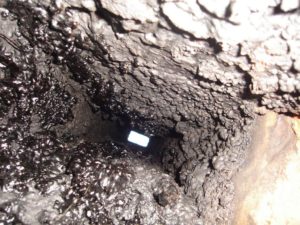 If the chimney is clogged, the risk of fire and poisoning by fuel combustion products increases. Reverse exhaust of the chimney appears. Logs flare up worse and burn poorly.This contributes to even more soot deposits. The heating of the oven decreases. This happens because soot deposits prevent heat from penetrating. They are a kind of protective layer with poor thermal conductivity.
If the chimney is clogged, the risk of fire and poisoning by fuel combustion products increases. Reverse exhaust of the chimney appears. Logs flare up worse and burn poorly.This contributes to even more soot deposits. The heating of the oven decreases. This happens because soot deposits prevent heat from penetrating. They are a kind of protective layer with poor thermal conductivity.
The surfaces and elements of the chimney also wear out faster. In addition, soot can easily ignite, which will inevitably lead to a fire.
All the methods discussed help to effectively clean the chimney. The choice of method is largely determined by personal preference. We hope that this article will be useful and help you navigate this issue.

